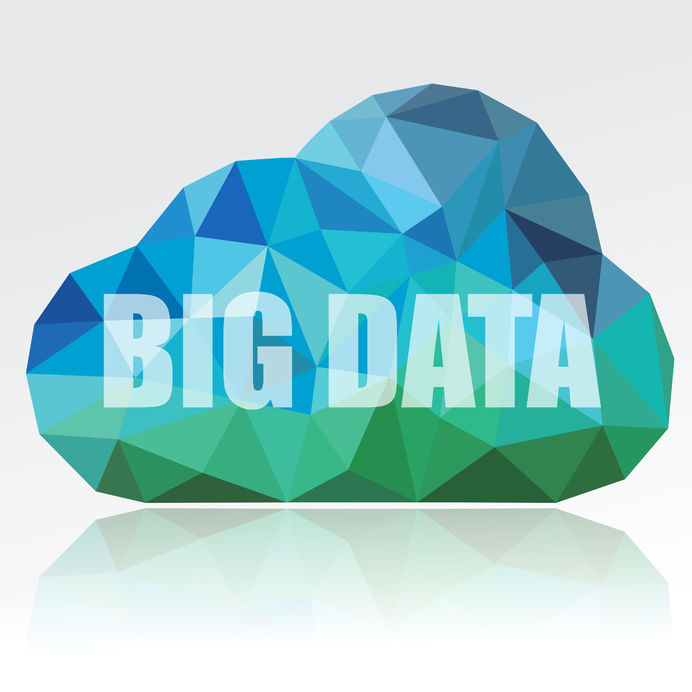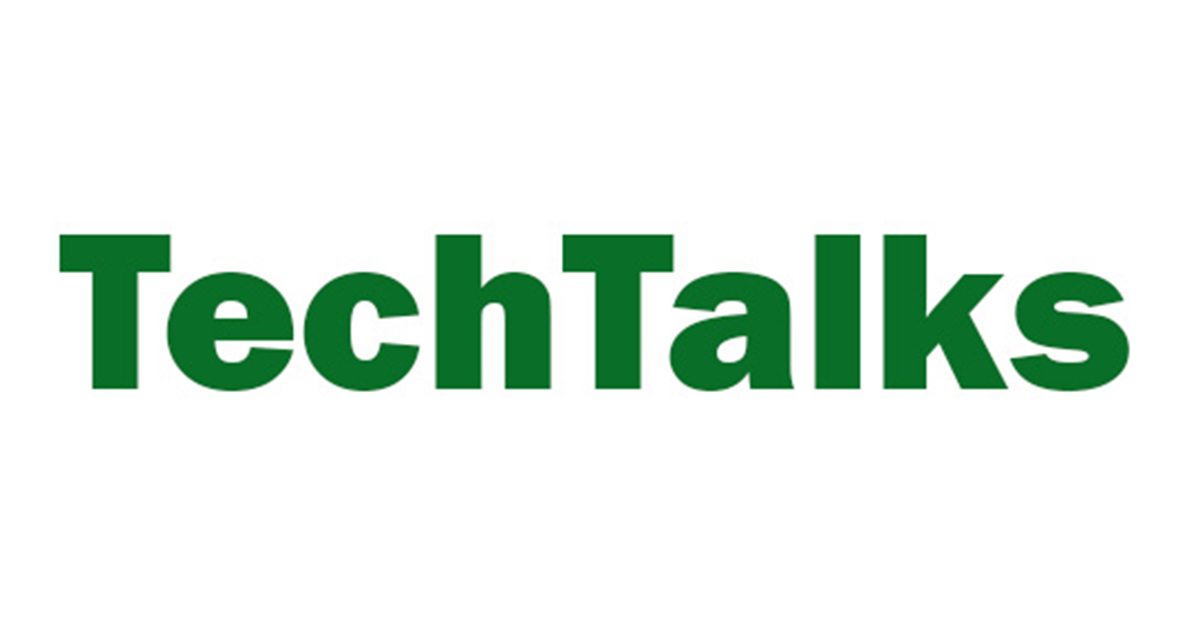A Conversation with Marc Rind, Vice President of Product Development and Chief Data Scientist, ADP Analytics and Big Data
In advance of HR Acuity’s Employee Relations Roundtable, ADP’s Chief Data Scientist discusses his thoughts on data-driven insights, the cloud and the role of predictive modeling in employee relations.
1. Can you discuss your role at ADP and how your data views in the context of this role differ from those of your clients?
In my product development role, I spend a lot of time talking with our clients and often their human resource (HR) leaders. ADP is striving to develop client-facing products that are useful and provide legitimate actionable insights. We develop an understanding of the relevant policies that are in place and the top-level management view and objectives. One of our goals is always to push these actionable insights down into the organization and its managers, so they can consumerize them. Organizations do want actionable insights, but also see our role at ADP as helping them “get to the punchline.” What does the data mean and how do we use it?
Our data views differ from those of our clients because we can see data in aggregate, across a spectrum of clients and industries. Most often, our clients want to know how they are doing relative to their own internal benchmarks, but also relative to their own industry. At ADP, we can frame data-driven insights in a larger context simply because we see more data and know how to interpret it.
2. Are data-driven insights useful because of the context, and less meaningful without context?
Yes. If you think about it, managers are always interested in some type of benchmark, i.e., what should I be seeing and doing relative to my peers. They are seeking an understanding of the landscape in which they operate and how they are positioned in that landscape. If their turnover rates, for example, are particularly high in a certain department relative to their peers, they can consider looking at that department. The turnover rate becomes a data-driven insight because it is put in the context of what is happening with their peer group.
3. What is your view of predictive modeling as a tool that companies can use to try and develop best practice employee relations policies?
We certainly build predictive models at ADP, and they can be useful in certain areas of employee relations. There are pitfalls, however. For example, you don’t want human resource departments or management teams to make employment decisions based on patterns that become apparent from predictive models. Inadvertently, an organization could start to avoid certain hiring profiles based on a superficial understanding of predictive models. Therefore, at ADP, we are big believers in educating and assisting in the change management process should any predictive modeling be used in an organization. Our goal is to ensure that predictive modeling is used to make good policy decisions, not short-sighted ones.
4. How has the cloud impacted data-driven insights in employee relations?
The cloud allows data to be viewed in aggregate across a large spectrum of companies and industries. Companies no longer have to construct employee relations policies solely based upon their own data and trends within their own organization. The cloud does elevate the role of compliance in importance because data has to be used properly and protect individual privacy. At ADP, for example, we have multiple levels of security protection for all client data.
The interconnectivity made possible by the cloud also allows organizations to be a part of important ecosystems, such as Salesforce for example, and so companies can do a lot more with their data. At ADP, we harness the aggregate data we are able to collect in the cloud and distill it down to simple actionable insights for our clients. It helps give us a more complete picture of employee relations trends.
See the recent TalentCulture podcast featuring Marc Rind, How HR Drives Positive Workforce Impact With The Right Data Insights.




